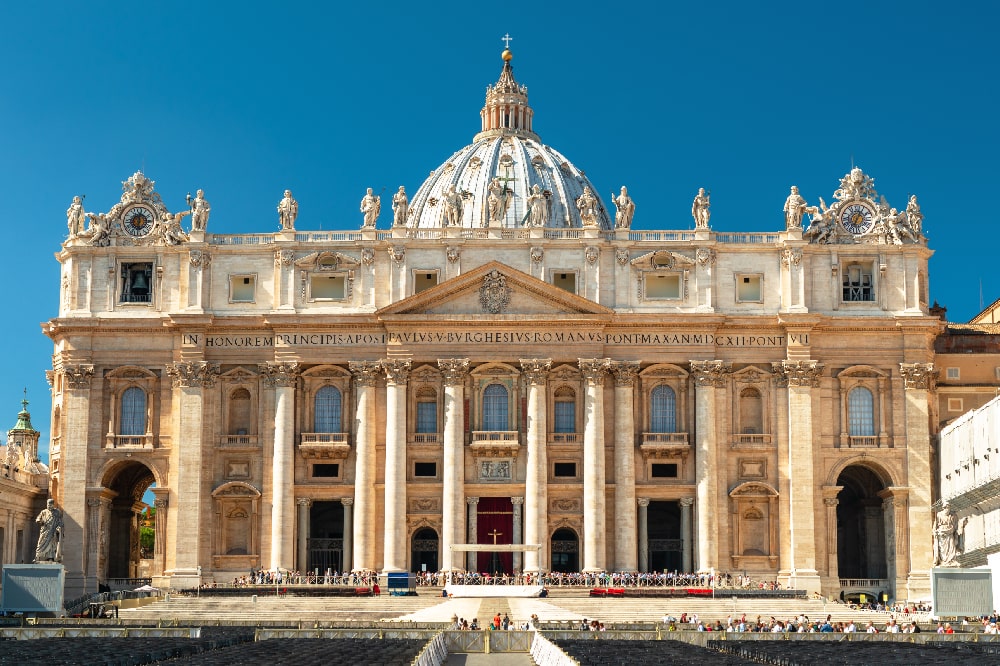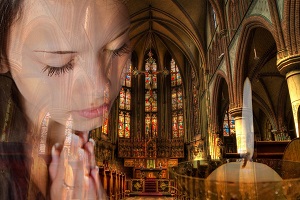In addition to representing the heart of summer, Christians consider Ferragosto to be the feast of the Madonna. In fact, on this day the Assumption of the Virgin into heaven is celebrated. What is this about?
Contents
The Assumption of Mary into heaven has been declared a dogma of faith since 1950. In fact, this belief has always been widespread and constituted a very deep-rooted and important form of devotion, even long before its official recognition.
According to the Catholic Church, Mary, having reached the end of her mortal life, ascended to heaven not only as a soul but also, unique among men and women, with her own body. In fact, the term Assumption means “to bring up”.
The Assumption is distinguished from the elevatio animae, a typical figure of religious iconography, which represents the ascent into heaven of the soul of a saint, usually escorted by angels. The difference is that Mary ascended with body and soul. Among its mysteries, the Rosary celebrates the Assumption of Mary as the fourth mystery of glory.

After all, after God created her without sin and chose her as the mother of His only Son after he wanted in His immense foresight and wisdom, that she conceived Jesus while remaining virgin and uncorrupted after she was a mother loving for the Saviour, whom she cradled in her arms both as a child and as he died at the foot of the Cross, it is reasonable to think that God had something special in store for her, even in death. Mary had every reason to be the first woman to be welcomed into the kingdom of heaven in her integrity.
Therefore Mary, born and lived without sin, was the first and the only one to enjoy the resurrection of the flesh promised to all men by Jesus. It is a special gift from God for her, for her sacrifice, for her humility, for the immense love brought to her Son. His example becomes a promise and hope for every man, who sees in this anticipation of the resurrection of the flesh, a consolation and longing, because of the Last Judgement.
St. John Damascene, a doctor of the Church who lived between the 7th and 8th centuries wrote: “It was fitting that she who in childbirth had kept her virginity intact should keep her body intact from corruption after death. It was fitting that she who had borne the Creator made a child in her womb should live in the divine abode. It was fitting for the Bride of God to enter the heavenly house. It was fitting that she who had seen her own child on the Cross, receiving in her body the pain that was spared in childbirth, should contemplate him seated at the right hand of the Father. It was fitting that the Mother of God possesses what was due to her because of her son and that she be honoured by all creatures as the Mother and slave of God.”
And again an anonymous ancient writer wrote: “Christ, our saviour and God, giver of life and immortality, it was he who gave life back to the Mother. It was he who made her, who had generated him, equal to himself in the incorruptibility of the body, and forever. It was he who raised her from the dead and welcomed her next to him, through a path that is known only to him”.
The Assumption and the Dormition
Ferragosto, the feast of the Madonna, therefore. But is it only for Christians? It is not only Catholic Christians who honour the Assumption of Our Lady. The Armenian, the Orthodox and the Anglicans celebrate it in turn, also on August 15, but Armenians and Orthodox celebrate it as the Dormition (Dormitio Virginis). Their tradition has it that Mary was welcomed into Heaven body and soul after falling into a deep sleep, without dying. Instead, Catholics do not exclude that this miraculous event coincided with her death. In both cases, we can read in the Assumption of Mary into heaven as an anticipation of that resurrection promised to all men at the end of time. The Dormition of Mary became a celebration recognised in the East by imperial decree since the 6th century. However, neither for the Orthodox nor for the Armenians Dormition and Assumption are dogmas.
Regarding the Dormition, the ambiguity arises from the fact that the Greek wordκοιμησις, present in the ancient ecclesiastical texts, means both “sleep” and “death”. The Latin term dormitio also means “sleep”, but in religious texts, it is often used for “death”.
Other Protestant churches do not share this belief. There is no reference in the Bible to the Assumption of Mary, so it is not recognised by them.
Ferragosto: how is the Assumption of Mary celebrated?
On August 15 the Christian church honours this feast of obligation, also known as the Feast of the Assumption, which celebrates the incorruptibility of the body of Mary. We, therefore, consider Ferragosto feast of the Madonna, where the word Ferragosto comes from the Latin “feriae Augusti” and refers to the Augustali, feasts instituted by the emperor Augustus to guarantee rest to the peasants after the end of the summer harvests.

It was Pope Pius XII who proclaimed the dogma of the Assumption of Mary on November 1, 1950, the holy year, through the apostolic constitution Munificentissimus Deus: “Therefore, after having raised suppliant requests to God again, and having invoked the light of the Spirit of Truth, to the glory of Almighty God, who poured out his special benevolence in the virgin Mary, to honour her Son, the immortal King of all ages and conqueror of sin and death, to the greater glory of his august mother, and the joy and exultation of the whole church, by the authority of our Lord Jesus Christ, of the holy apostles Peter and Paul and ours, we pronounce, declare and define it as dogma revealed by God that: the immaculate Mother of God always virgin Mary, after the course of earthly life, was assumed to heavenly glory in body and soul. Therefore, if anyone, God forbid, dared to voluntarily deny or question what we have defined, let him know that he has failed in the divine and Catholic faith.”
In Italy, in particular, large celebrations are organised in many cities and towns. Often the Feast of the Assumption is celebrated with solemn processions, during which a statue that often represents the sleeping Madonna is carried through the streets, only to be placed in a golden coffin at the end of the festivities. There are also numerous ecclesiastical institutions and religious orders dedicated to the Assumption of Mary. Let’s think for example of the procession of the sanctuary of Santa Maria della Grotta, near Cosenza, where every year a woman adorned with a ‘wall’, a frame made up of candles, ribbons and flowers, leads the procession of faithful who sing hymns to Mary, up to the cave that houses a statue considered miraculous, reachable only by boat, or the ‘procession of the Vara‘, in Randazzo, in the Syracuse area, where at midnight on August 15 an ancient twenty metres long chariot, full of flowers, which symbolises the Dormition, the Assumption and the Coronation of Mary, hosts twenty-five “children” who sing in honour of the Virgin.
The Assumption of Mary in art
The Assumption of the Madonna has inspired many illustrious artists over the centuries, who have tried to capture the miracle of her ascent to heaven in paintings and statues. As well as the elevatio animae of saints and saints, the Assumption has always recurred in religious iconography. Just think of the grandiose fresco by Correggio above the main altar of the Cathedral of Parma, which depicts the Assumption of the Virgin, or the painting The Assumption, by Titian, on the main altar of the basilica of Santa Maria Gloriosa dei Frari in Venice.
Chaplet of the Assumption
On the occasion of the feast of Ferragosto, the feast of the Madonna, the intercession of the Madonna can be invoked by reciting the Chaplet of the Assumption, which can also be repeated as a Novena, starting from 6 August until 15. The Chaplet can be accompanied by twelve angelic greetings and invocations that refer to the crown of twelve stars, with which Mary was crowned in heaven.
Here are the 12 greetings:
Blessed be the hour, O Mary, in which you were invited by your Lord to heaven. Hail Mary…
II. Blessed be the hour, O Mary, in which you were assumed by the Holy Angels into heaven. Hail Maria…
III. Blessed be the hour, O Mary, when all the celestial court came to meet you. Hail Maria…
IV. May the hour be blessed, O Mary, in which you were received with so much honour in heaven. Hail Maria…
V. Blessed be the hour, O Mary, when you sat at the right hand of your Son in heaven. Hail Mary…
VI. Blessed be the hour, O Mary, in which you were crowned with so much glory in heaven. Hail Mary…
VII. Blessed be the hour, O Mary, when you were given the title of Daughter, Mother and Bride of the King of Heaven. Hail Mary…
VIII. Blessed be the hour, O Mary, when you were recognised as the supreme Queen of all heaven. Hail Maria…
IX. Blessed be the hour in which all the Spirits and Blessed of Heaven acclaimed you, O Mary. Hail Maria…
X. Blessed be the hour when you were constituted our Advocate in heaven, O Mary. Hail Maria…
XI. Blessed be the hour, O Mary, in which you began to intercede for us in heaven. Hail Mary…
XII. Be blessed. O Mary, the hour in which you will deign to receive everyone in heaven. Hail Maria …
At the end it says:
O God, who by turning your gaze to the humility of the Virgin Mary raised her to the sublime dignity of mother of your only Son made man and today crowned her with incomparable glory, grant that we too, inserted in the mystery of salvation through her intercession we can reach you in the glory of heaven. Through Christ, Our Lord. Amen.

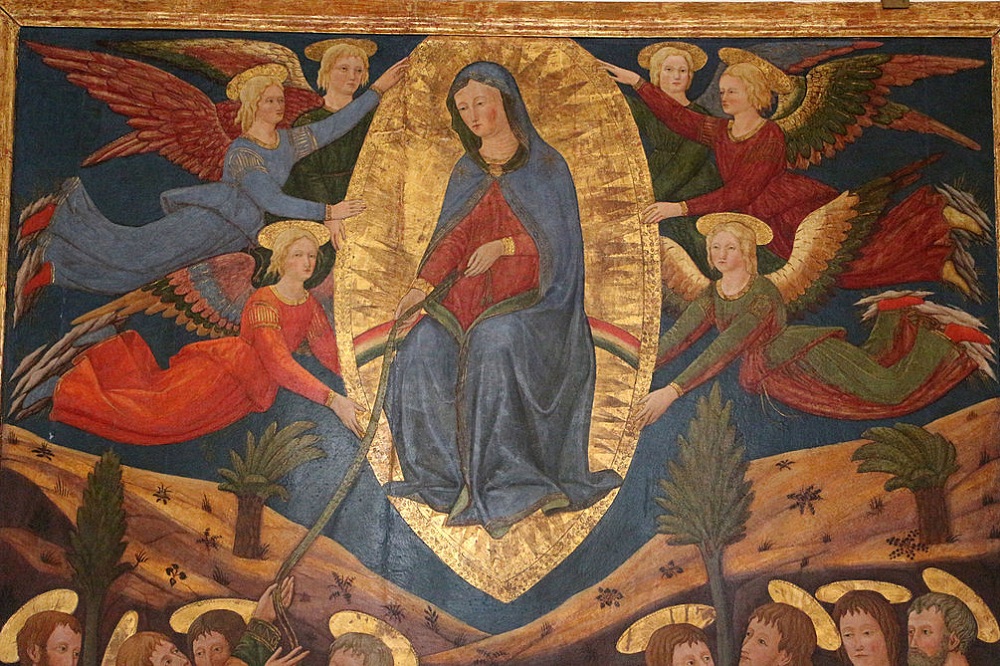
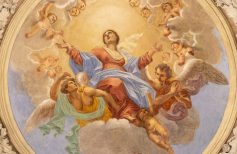
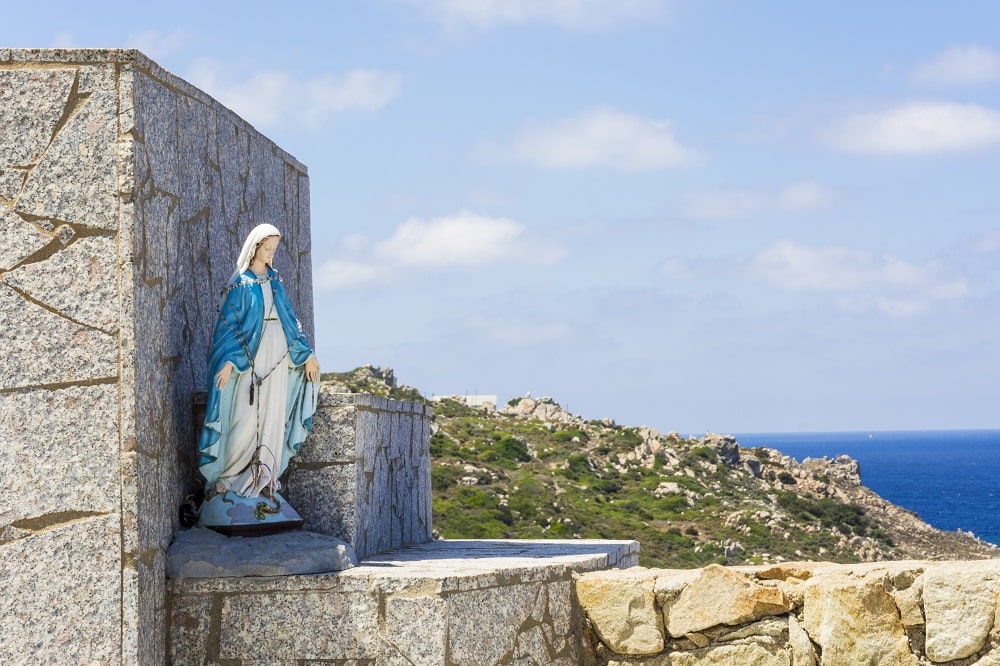
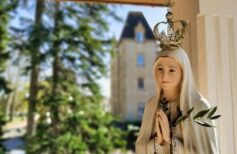
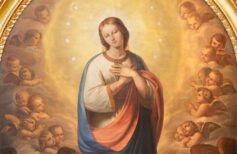

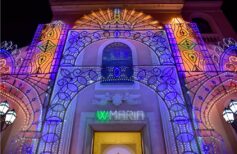
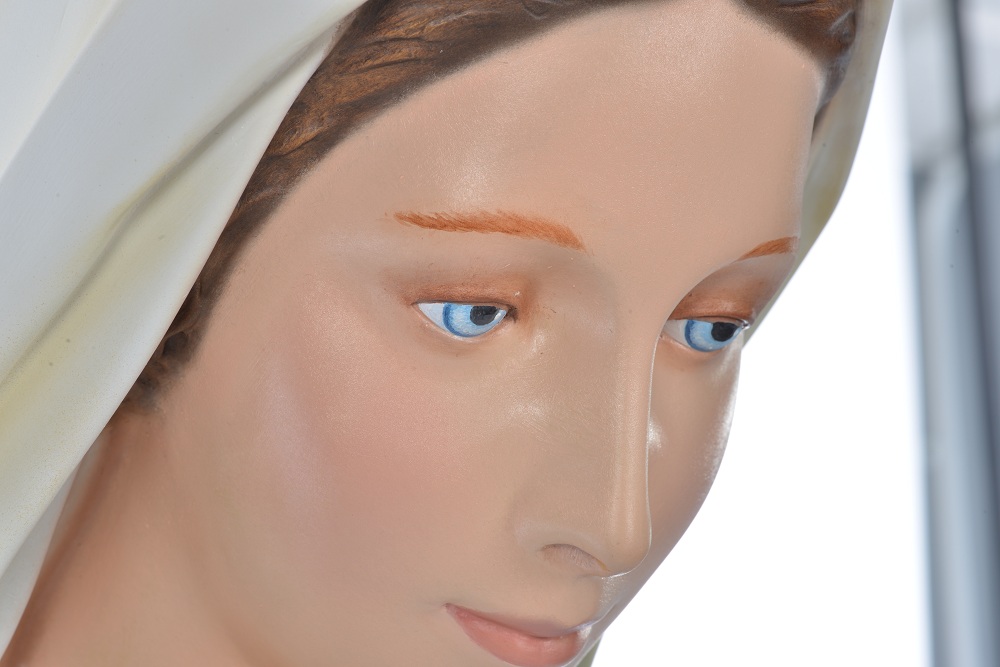
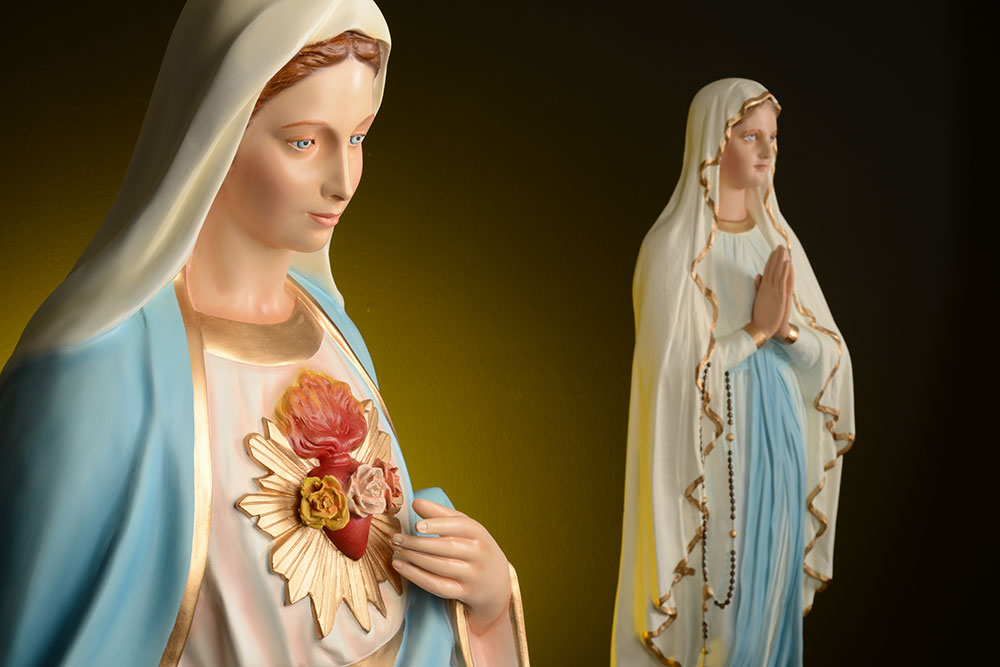
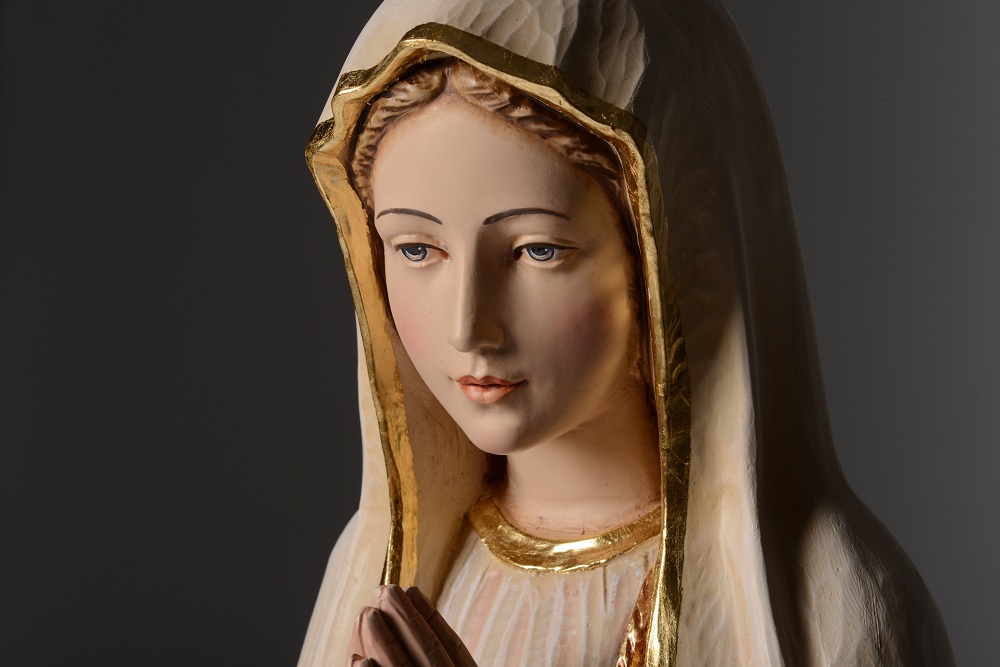








 25 August 2025
25 August 2025

